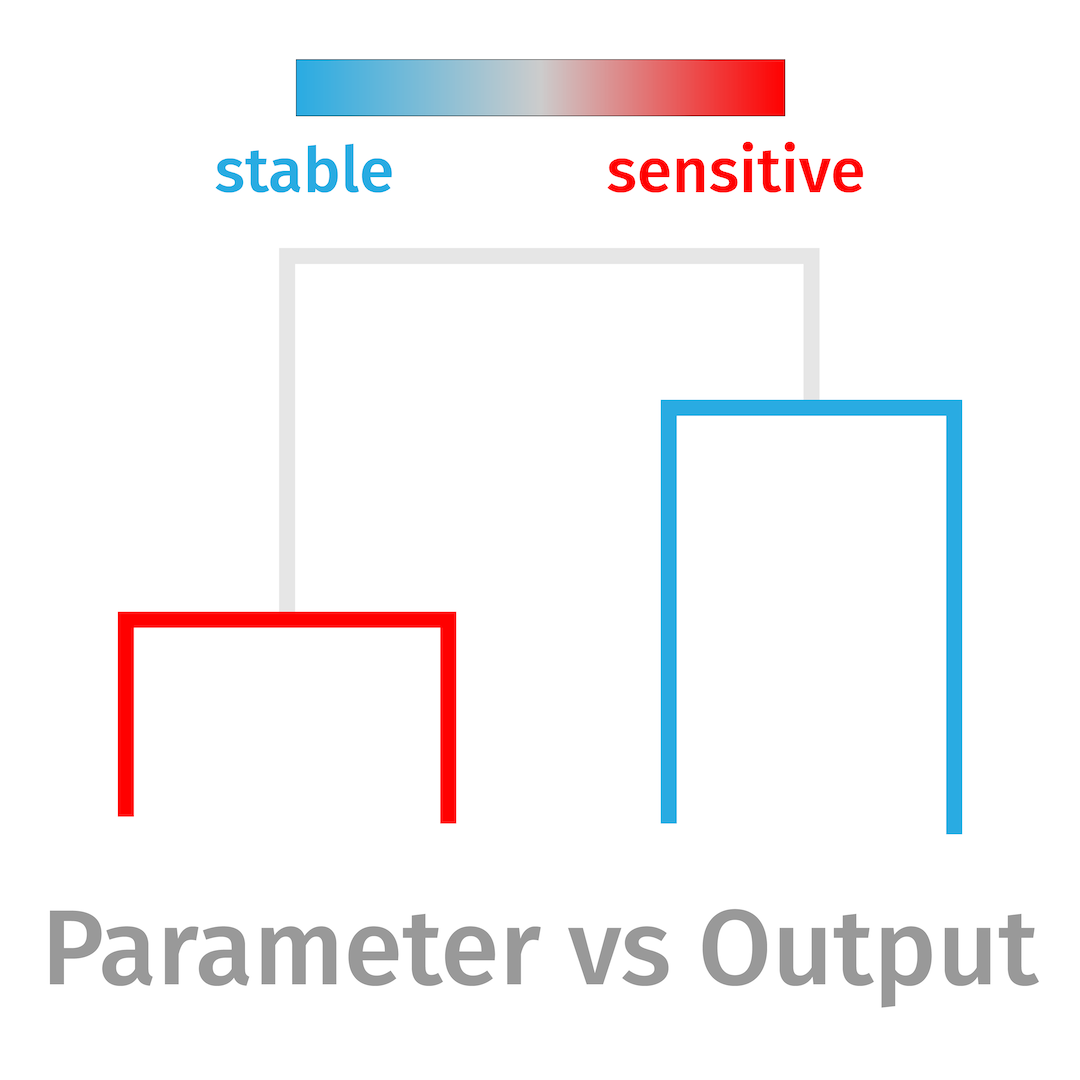Data Type Agnostic Visual Sensitivity Analysis
Nikolaus Piccolotto, Markus Bögl, Christoph Muehlmann, Klaus Nordhausen, Peter Filzmoser, Johanna Schmidt, Silvia Miksch
DOI: 10.1109/TVCG.2023.3327203
Room: 109
2023-10-26T03:00:00ZGMT-0600Change your timezone on the schedule page
2023-10-26T03:00:00Z

Fast forward
Full Video
Keywords
Visual analytics, parameter space analysis, sensitivity analysis, spatial blind source separation.
Abstract
Modern science and industry rely on computational models for simulation, prediction, and data analysis. Spatial blind source separation (SBSS) is a model used to analyze spatial data. Designed explicitly for spatial data analysis, it is superior to popular non-spatial methods, like PCA. However, a challenge to its practical use is setting two complex tuning parameters, which requires parameter space analysis. In this paper, we focus on sensitivity analysis (SA). SBSS parameters and outputs are spatial data, which makes SA difficult as few SA approaches in the literature assume such complex data on both sides of the model. Based on the requirements in our design study with statistics experts, we developed a visual analytics prototype for data type agnostic visual sensitivity analysis that fits SBSS and other contexts. The main advantage of our approach is that it requires only dissimilarity measures for parameter settings and outputs. We evaluated the prototype heuristically with visualization experts and through interviews with two SBSS experts. In addition, we show the transferability of our approach by applying it to microclimate simulations. Study participants could confirm suspected and known parameter-output relations, find surprising associations, and identify parameter subspaces to examine in the future. During our design study and evaluation, we identified challenging future research opportunities.